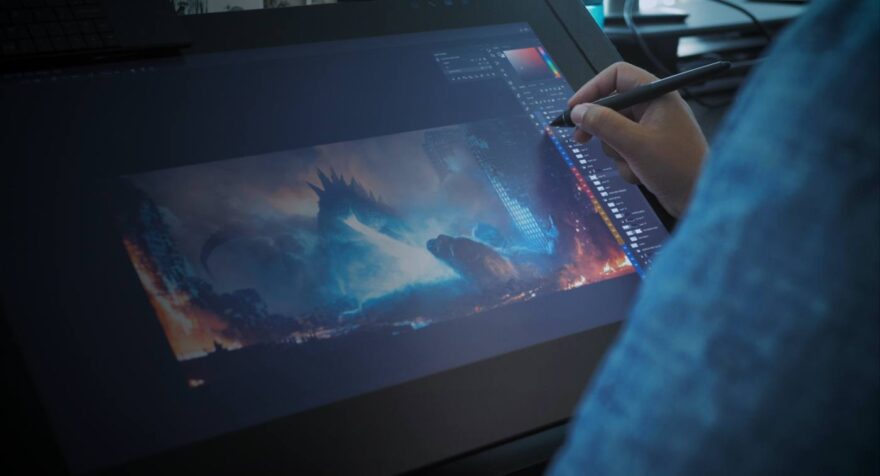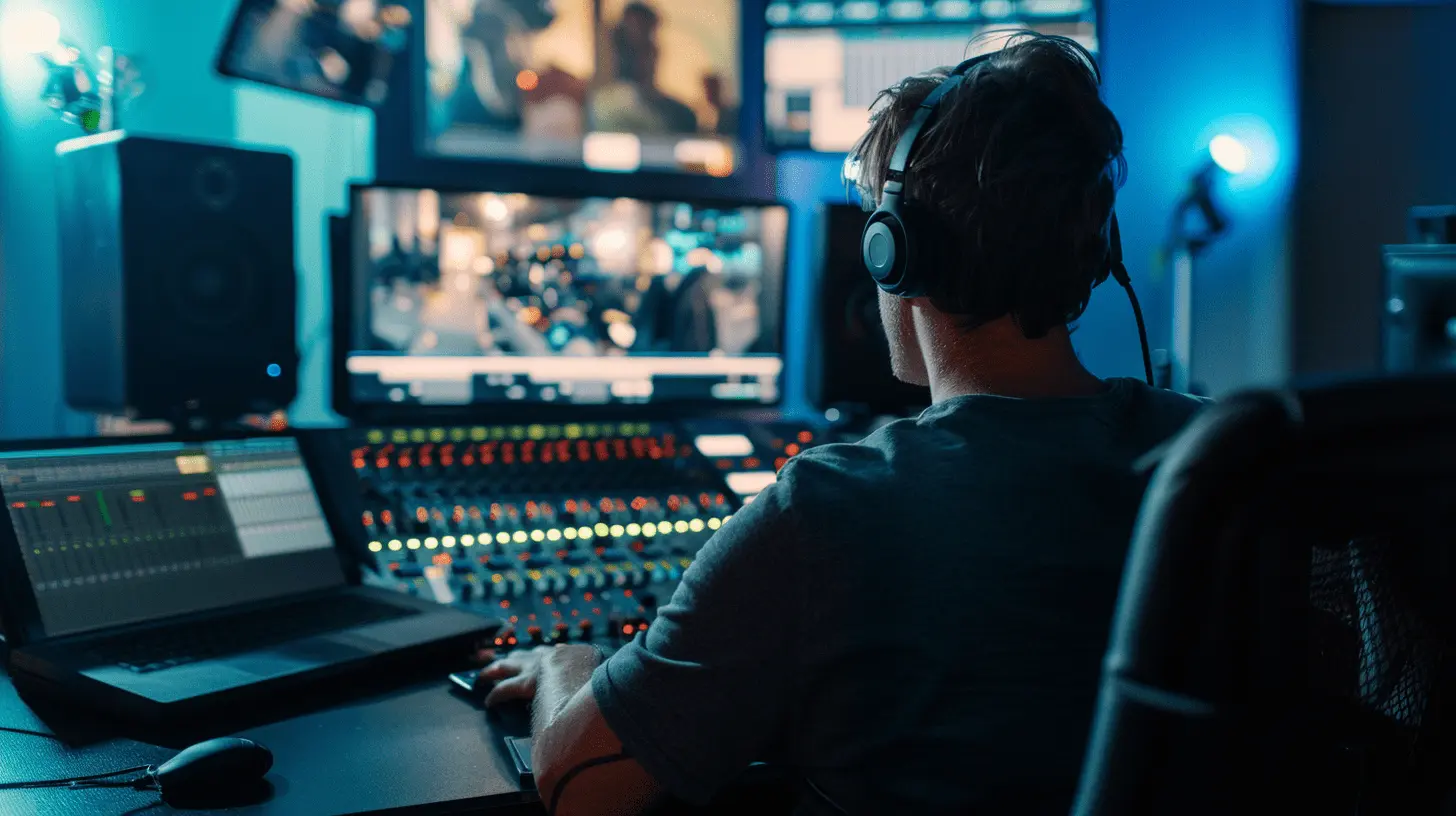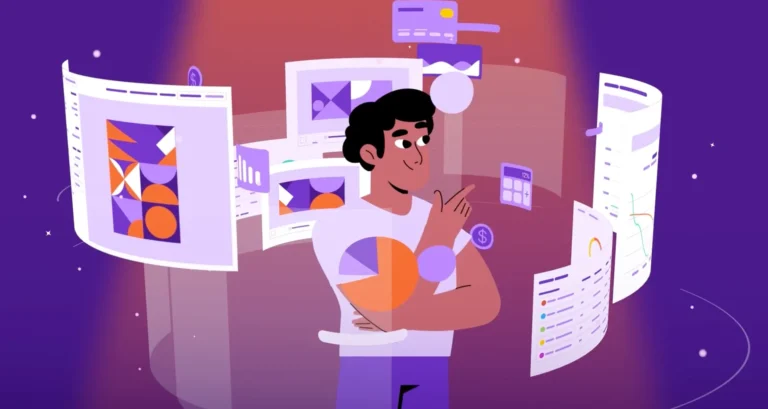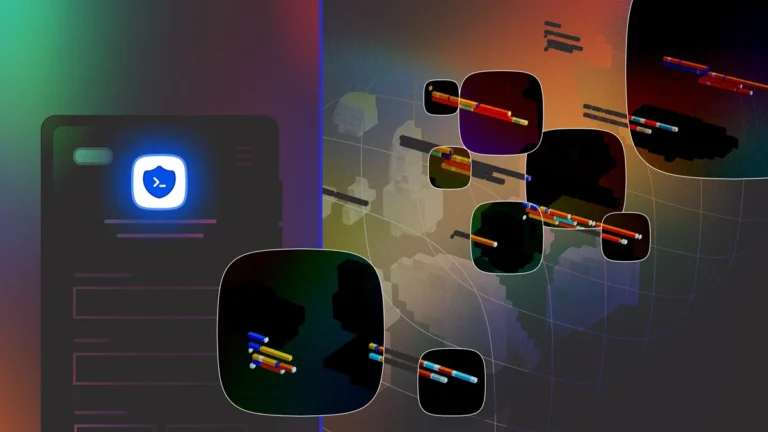Explainer videos have become essential for many businesses. They can simplify complex concepts, break down services, and create engaging visual narratives that grab attention quickly. Effective explainer videos are not just about flashy visuals. They require thoughtful planning, structure, and creativity. Achieving the right balance between message clarity and entertainment value ensures maximum impact.
Here, I’ll go over key strategies that will help you craft engaging and effective explainer videos. Whether you’re starting from scratch or enhancing your existing efforts, these best practices can significantly boost the quality of your animated content.
1. Use Different Animation Video Techniques

When creating your explainer video, you can use different animation styles to suit the needs of your project. FastCut, for example, offers various options for animated explainer videos that can be customized to meet the specific needs of any brand. From simple 2D motion graphics to more complex 3D animation, they provide the tools needed to create an effective animation explainer video.
The style of animation will depend on your target audience, message, and brand identity. A well-chosen animation style will enhance your message, making it more visually appealing without detracting from its clarity.
2. Keep Your Message Concise and Clear
Clarity is the foundation of an effective explainer video. The viewer should grasp the core message within the first few seconds. Do not overwhelm the video with too much information. The goal is to create a narrative that quickly explains what the viewer should know without unnecessary details. Stick to one primary idea and focus on it.
Each second of your explainer video must deliver value. The simpler and more streamlined your message, the higher the chance the viewer will stick around. You want your audience to take away one or two main points, not struggle to remember a long list of features.
3. Know Your Audience

Your audience defines how your explainer video will look and sound. Understand the pain points your product or service solves for them. This understanding guides how you frame your message. Always tailor your video to what matters to your viewers.
Your video’s tone, visuals, and pace should be adjusted based on your audience’s preferences. For example, an animated explainer video for a tech-savvy audience may include more technical details. Meanwhile, a broad consumer audience will benefit from simplicity and relatability.
Make sure every part of your video connects with your target audience, focusing on their needs and concerns.
4. Storytelling Over Pure Information
Facts and figures can sometimes overwhelm the viewer. The right way to convey information is through storytelling. Stories engage the viewer emotionally, making it easier to understand and remember your message.
To create an effective narrative, first identify the problem that your product solves. Introduce the viewer to that problem, followed by your solution. The sequence of introducing a relatable pain point, presenting a solution, and showing how life improves afterward builds a strong emotional connection with the audience.
An explainer video should feel more like a journey than a list of features.
5. Brand Consistency

Your explainer video represents your brand, so consistency matters. Everything, including the color scheme, typography, and overall style, should align with your brand’s identity. Even the tone of voice should reflect your company’s values.
Maintain visual coherence throughout your explainer video. If your brand is known for being fun and energetic, your explainer video should match that personality. This consistency helps build trust with your audience and strengthens your overall branding efforts.
6. Use Voiceover Effectively
Voiceover plays a critical role in conveying your message. A well-delivered voiceover not only explains the message but adds personality to the video. The voiceover should match the tone of the video and the brand identity.
Choose a voice that resonates with your target audience. For a younger, energetic audience, a lively and vibrant voice can work well. For a more corporate audience, a professional tone might be more suitable. However, clarity should be your top priority. If the narration is not clear, the viewer may get distracted and miss the message.
7. Keep the Design Simple

Your video’s visual design should not be overly complex. Avoid cluttering the screen with too much information. Simple visuals work better, as they help the audience stay focused on the message.
Consider white space as a tool to emphasize key points. Using simple, clean graphics prevents the viewer from getting distracted by unnecessary details.
Your animation should guide the viewer’s eye, highlighting important aspects of your product or service. Ensure that the visuals enhance, not overshadow, the core message.
8. Short and Focused
Shorter explainer videos tend to be more effective. Aim for a video length between 60 and 90 seconds. Long-winded content leads to lost interest. Every second should have a purpose, moving the narrative forward without wasted time.
A short video forces you to focus on the essentials. You avoid distractions and ensure that your audience walks away with a clear understanding of your message.
Use your time wisely by answering the most critical questions your viewers have.
9. Use Music and Sound

Music and sound effects add another dimension to your explainer video. They can set the tone, evoke emotions, and keep viewers engaged. Choose music that matches the mood you want to create, but make sure it does not overpower the voiceover or distract from the core message.
Sound effects should be used sparingly to emphasize important points or actions in the video. When done right, they enhance the overall experience without feeling intrusive.
10. Clear Call to Action
Every explainer video should end with a call to action (CTA). Your CTA should be direct and clear about what you want the viewer to do next. Whether it’s visiting your website, signing up for a service, or making a purchase, guide the viewer toward the next step.
A good call to action should fit naturally into the video, aligning with the viewer’s journey through the message. Avoid confusing or vague CTAs that leave the viewer uncertain about what to do.
Conclusion
Crafting an effective explainer video involves more than just animated visuals. A clear and focused message, combined with simple design, appropriate voiceover, and well-chosen sound, will ensure success. Always keep the viewer’s needs in mind, and use storytelling to create an emotional connection. A strong call to action will guide the viewer toward the next step.
Pay attention to every detail, and your explainer video will effectively communicate your message, engage your audience, and achieve your business goals.
Related Posts:
- 20 Best Gaming Headset Under 50$ 2024 - for PC, PS4,…
- 12 Best Car Wax For Black Cars 2024 - Protection and…
- 15 Best Shoes for Jumping Rope 2024 - Maintain a…
- 15 Best Dog Food For Allergies 2024 - Adult, Puppy…
- Top 10 Best Outdoor Basketball Shoes 2024 - Durable…
- Top 10 Best Modem For Gaming 2024 - For Optimum Gaming Speed







